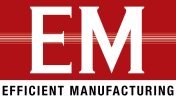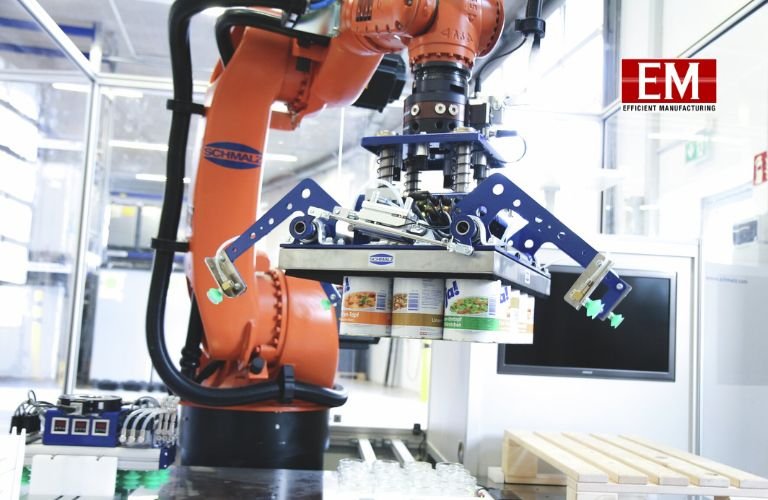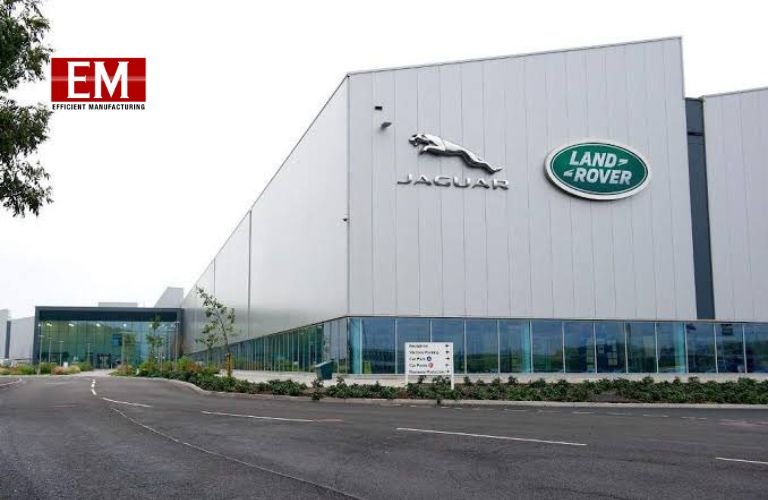| Operational excellence, which involves maximising value and minimising inefficiencies, has become a top priority for manufacturing companies. To achieve this, many companies have turned to lean manufacturing, a robust methodology that optimises manufacturing processes, creates
efficient workflows, reduces lead times, increases productivity, improves quality and ultimately enhances customer satisfaction.
The advent of technology and its application in advanced analytics has brought about a paradigm shift in manufacturing. Technology has become reliable for consistently achieving value creation and process efficiency goals. Manufacturing companies are embracing
technology across all facets of their operations, from forecasting and planning to resourcing, utilisation, operations management, cash flow operations and execution excellence. This widespread adoption of technology has led to remarkable breakthroughs in the industry, including the concept of autonomation, which combines intelligent automation with a human touch. Technology plays a crucial role in the application of lean manufacturing principles. Lean concepts revolve around increasing value by reducing waste, increasing uniformity and avoiding fatigue. To effectively implement poor practices, a comprehensive study of all activities involved in the manufacturing process is required, distinguishing between value-adding and non-value-adding tasks. Technology tools are available to visually represent the flow of work and provide real-time insights into value stream maps. Advanced analytics, powered by statistical models and historical data, help identify bottlenecks, inventory pile-ups and workload imbalances, enabling efficient resource utilisation. Technology systems can employ ophisticated algorithms to plan and orchestrate manufacturing orders. A pull system can be established by utilising customer demand data and systemised process models, ensuring just-in-time order execution and minimising inventory levels. Visual Kanbans powered by technology applications help visualise inventory levels and resource utilisation, enabling prompt anomaly detection and communication. Furthermore, algorithmdriven sorting and process standardisation contribute to the 5S requirements, while automation and robotics play a
pivotal role in eliminating manual labour, reducing errors and enhancing overall productivity. Robotic Process Automation (RPA) automates repetitive tasks, freeing up human resources for more value-adding activities, while robotic arms and sensors facilitate safe material handling. The application of big data analytics in lean manufacturing enables actionable insights by analysing vast amounts of data
collected from various sources, including IoT devices and enterprise systems. Machine learning algorithms can predict demand variations and machine maintenance requirements and optimise resource utilisation. Statistical and mathematical models help improve processes to six-sigma standards. By identifying bottlenecks, inventory pile-ups and underutilisation of resources, organisations can make globally optimal adjustments to achieve higher efficiency. IoT devices sensing relevant parameters can predict machine maintenance needs, optimising downtime. Lean methodology and technological applications extend beyond factory settings to create a connected ecosystem. By
analysing processes and integrating with suppliers, partners and customers, communication cycles can be shortened and
delivery timelines accelerated. Customisation of products based on customer requirements is a key success factor, and technology-driven processes enable faster adaptation to changing needs. Technology solutions like streaming and simulators also expedite training and skill development, allowing employees to practice complex tasks. Real-time streaming and image processing techniques are increasingly
used for quality inspection, significantly reducing inspection errors and turnaround times. In conclusion, technology has become an integral part of lean methodology and practices in manufacturing. The application of technology accelerates the benefits of lean outcomes, and emerging technologies such as artificial intelligence, IoT and augmented reality are poised to take lean manufacturing to new heights. Organisations that embrace these cutting-edge technologies and adapt quickly will likely achieve remarkable success in the evolving manufacturing landscape.












